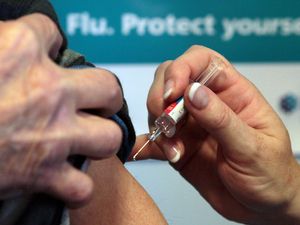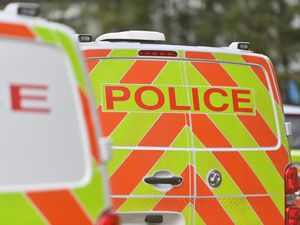West Midlands firefighters are fastest in country
West Midlands Fire Service has the fastest response times in the country – despite cutbacks being made by the government, chiefs say.
Crews reach life-threatening fires on average in under five minutes. Firefighters reach category one fires, which involves ‘life and property’, on average in four minutes and 42 seconds – which is below their set target of five minutes.
Councillor John Edwards, the chairman of the West Midlands Fire and Rescue Authority, said: “We believe that is the fastest response time in the whole of the United Kingdom, which is something unique.
“The sooner we get to someone in danger, the more chance we have of rescuing them.
“Our average time at the moment is better than our target.”
But the fire service has had to undergo a restructure in a bid to keep performing as quick as possible, which has involved laying off staff.
The government will cut £38 million from West Midlands Fire Service’s budget by 2019, after cutbacks began in 2010.
Reorganise
Bosses at West Midlands Fire Service have had to reorganise how operations are delivered so firefighters can continue reaching the most critical fires in under five minutes.
It has meant the number of firefighters and staff have had to be reduced, and existing staff have had to become more flexible in their roles and work additional shifts.
A WMFS report into its response times, which was shown at its annual general meeting on Monday, said: “A key factor in the WMFS approach is its five minute response time for high risk (life or property) incidents which was developed on an evidence basis with The University of Central Lancashire and Fire Engineer Richard Walker.
“This is impressive and may well be unique within the fire service in the UK.
“Benefits for the Service include that it is an easily understood target and gives staff a strong focus for their work.
“The target cannot be viewed in a narrow sense as it is achieved as part of an integral service delivery model which includes flexibility around rostering and shift patterns, voluntary additional shifts as well as changes to the types of vehicles used on different incidents according to their risk category.
“Although the number of firefighters has reduced by 280, this has been achieved without compulsory redundancies.”





